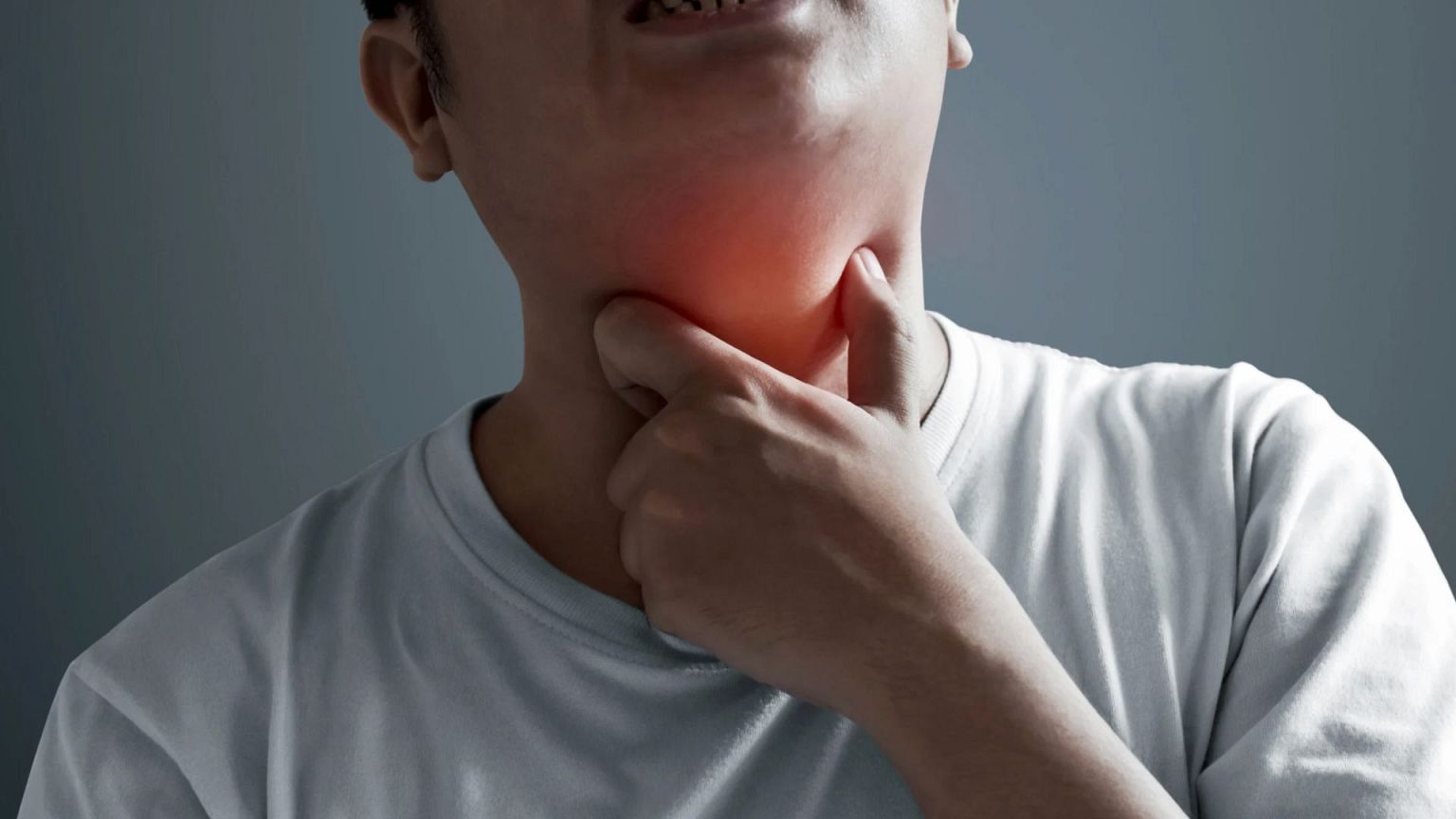Health
AI May Revolutionize Early Detection of Throat Cancer Through Voice

Researchers are exploring the use of artificial intelligence (AI) to analyze short voice recordings, potentially enabling doctors to identify early signs of throat cancer. This innovative approach may allow for the detection of abnormalities in vocal folds, including both benign nodules and the initial indications of laryngeal cancer, according to a study published in Frontiers in Digital Health.
The research, led by Phillip Jenkins, a postdoctoral researcher in clinical informatics at Oregon Health and Science University, indicates that AI can identify vocal biomarkers that distinguish between patients with vocal fold lesions and those without. Jenkins stated, “With this dataset we could use vocal biomarkers to distinguish voices from patients with vocal fold lesions from those without such lesions.”
Significance of Early Detection
Laryngeal cancer, which affects over a million individuals globally, accounts for approximately 100,000 deaths each year, making it the 20th most prevalent cancer worldwide. Key risk factors include smoking, alcohol consumption, and certain strains of human papillomavirus (HPV). Survival rates for this type of cancer can vary significantly, ranging from around 35 percent to 90 percent, depending on the stage at diagnosis, according to Cancer Research UK.
Common symptoms of laryngeal cancer include persistent hoarseness lasting more than three weeks, a chronic sore throat, difficulty swallowing, and ear pain. Identifying these signs early is crucial, as it can dramatically improve treatment outcomes. Current diagnostic methods, such as nasal endoscopies and biopsies, are often invasive and require specialized equipment, which can delay access to care for many patients.
The potential for a simple voice recording to serve as a preliminary screening tool could transform the detection process for throat cancer, making it quicker, more affordable, and more accessible for a broader population.
Future Directions for AI in Medical Diagnostics
The study analyzed approximately 12,500 voice recordings from 306 participants across North America. Researchers focused on identifying subtle acoustic patterns, including changes in pitch, loudness, and harmonic clarity. The analysis revealed notable differences in the harmonic-to-noise ratio and pitch among men with healthy voices, benign lesions, and early-stage cancer. However, no significant patterns emerged for women, which the researchers attribute to the smaller dataset available for female participants.
Jenkins highlighted the importance of larger datasets, stating that these could soon establish voice as a practical biomarker for assessing cancer risk in clinical settings. The team plans to train AI models using larger, professionally labeled datasets and test their effectiveness in clinical environments. Jenkins anticipates that voice-based health tools will enter pilot testing within the next couple of years, contingent on further validation of their findings.
“Voice-based health tools are already being piloted,” Jenkins noted. This innovative approach may pave the way for significant advancements in the early detection of laryngeal cancer, ultimately benefiting countless patients worldwide.
-

 Entertainment2 weeks ago
Entertainment2 weeks agoAimee Osbourne Joins Family for Emotional Tribute to Ozzy
-

 Politics2 weeks ago
Politics2 weeks agoDanny Healy-Rae Considers Complaint After Altercation with Garda
-

 World4 weeks ago
World4 weeks agoHawaii Commemorates 80 Years Since Hiroshima Bombing with Ceremony
-

 Top Stories4 weeks ago
Top Stories4 weeks agoFianna Fáil TDs Urgently Consider Maire Geoghegan-Quinn for Presidency
-

 World4 weeks ago
World4 weeks agoGaza Aid Distribution Tragedy: 20 Killed Amid Ongoing Violence
-

 World4 weeks ago
World4 weeks agoCouple Convicted of Murdering Two-Year-Old Grandson in Wales
-

 World4 weeks ago
World4 weeks agoAristocrat Constance Marten and Partner Convicted of Infant Murder
-

 Top Stories4 weeks ago
Top Stories4 weeks agoClashes Erupt Between Far-Right Groups and Migrants in Spain
-

 Top Stories4 weeks ago
Top Stories4 weeks agoHistoric Dalkey Pub The Queens Reopens Under New Management
-

 World4 weeks ago
World4 weeks agoTrump Defends FBI Deputy Director Amid Epstein Files Controversy
-

 Business4 weeks ago
Business4 weeks agoSunshine 106.8 Boosts Irish Music After Regulator’s Request
-

 Politics4 weeks ago
Politics4 weeks agoTragic Crowd Surge at Gaza Aid Center Claims 20 Lives









